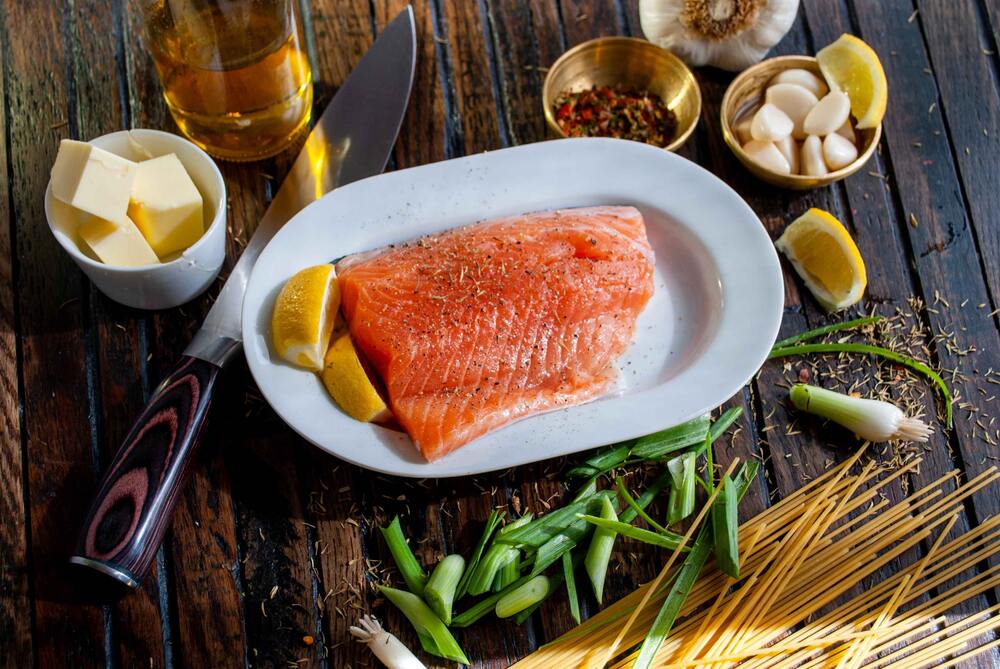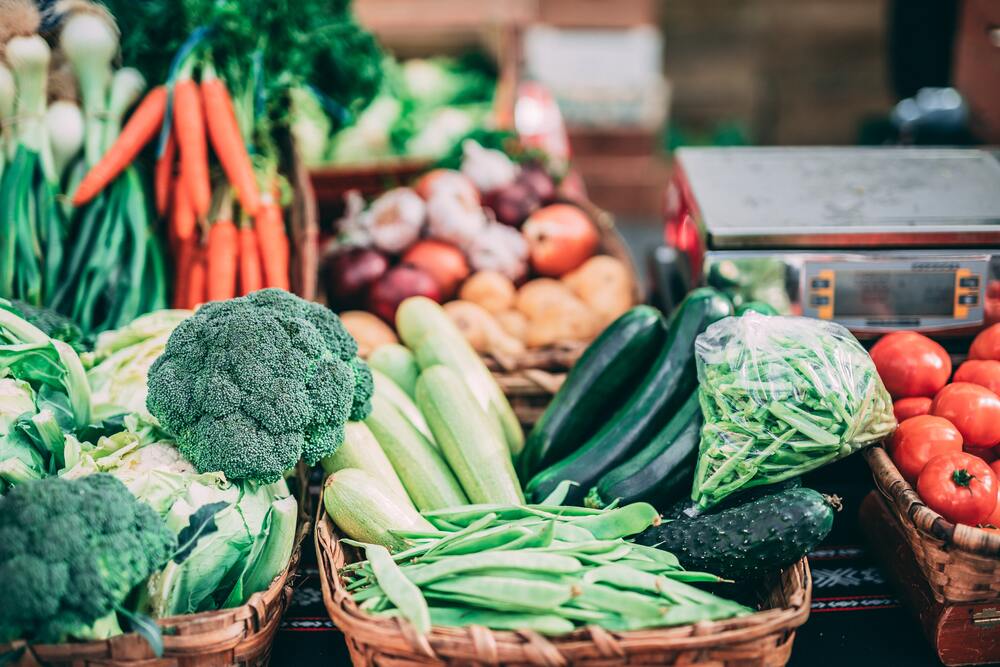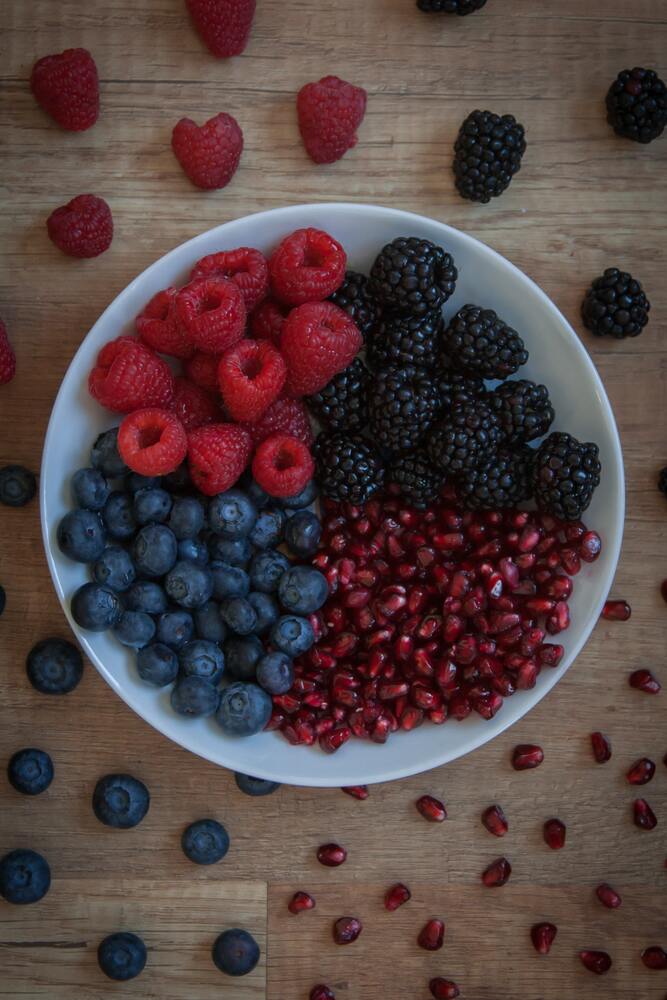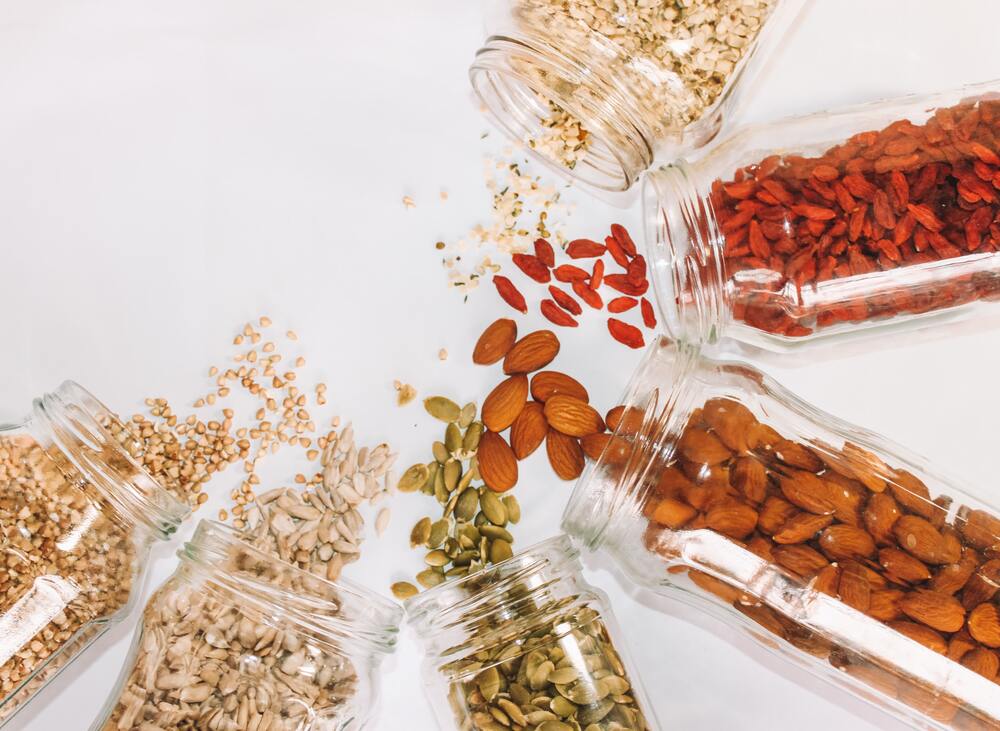Keto Food Pyramid: A Comprehensive Guide to Keto-Friendly Foods and Drinks
Keto Food Pyramid: A Comprehensive Guide to Keto-Friendly Foods and Drinks
The Keto food pyramid is a nutritional guide that outlines the recommended intake of various food groups for individuals following a ketogenic diet. The Keto diet, commonly known as the Keto diet, is a high-fat, low-carbohydrate diet that has gained popularity in recent years due to its potential health benefits, including weight loss and improved metabolic health.
High-Fat Foods
At the base of the Keto food pyramid are high-fat foods, including oils, nuts, and seeds. These keto friendly foods provide the body with essential fatty acids and a source of energy for individuals following a ketogenic diet. Oils such as coconut, olive, and avocado oil are particularly beneficial due to their high levels of monounsaturated and saturated fats, which are essential for maintaining ketosis.
High-Fat Foods:
Protein-Rich Foods
The second tier of the Keto food pyramid includes protein-rich foods, such as meat, fish, and poultry. These foods are necessary for building and repairing tissues in the body and are essential for maintaining muscle mass. It is recommended that individuals following a ketogenic diet consume moderate amounts of protein, as excessive protein intake can result in the body converting protein into glucose, which can disrupt ketosis.
Protein-Rich Foods:
Low-Carb Vegetables
The third tier of the Keto food pyramid consists of low-carbohydrate vegetables such as leafy greens, cruciferous vegetables, and other non-starchy vegetables. These foods are an excellent source of vitamins, minerals, and fiber, and are essential for maintaining a healthy digestive system and overall health. Low-carbohydrate vegetables are also an essential source of electrolytes, which are necessary for maintaining hydration and electrolyte balance during ketosis.
Low-Carb Vegetables:
Keto-Friendly Fruits
Keto-friendly fruits are included in the fourth tier of the Keto food pyramid. While most fruits are high in carbohydrates, some fruits such as berries and avocados are low in carbohydrates and can be consumed in moderation on a ketogenic diet. These fruits are also an excellent source of fiber, vitamins, and antioxidants.
Keto-Friendly Fruits:
Keto Drinks and Zero Carb Foods
The fifth and final tier of the Keto food pyramid includes keto drinks and zero-carb foods such as water, coffee, and tea. These drinks are essential for maintaining hydration and can be consumed in large quantities on a ketogenic diet. Zero-carb foods such as meat, fish, poultry, and eggs provide essential nutrients and are an excellent source of energy for individuals following a ketogenic diet.
Keto Drinks and Zero Carb Foods:
Low Carb Food Lists and Keto Food Lists
In addition to the Keto food pyramid, there are several low carb food lists and keto foods lists available to help individuals following a ketogenic diet plan their meals. These lists include keto diet foods such as grass-fed meat, low carb vegetables, wild-caught fish, nuts and seeds, low-carb dairy, and keto-friendly snacks.
In conclusion, the Keto food pyramid is a useful nutritional guide for individuals following a ketogenic diet. By prioritizing high-fat foods, moderate protein intake, low-carbohydrate vegetables, keto friendly foods, individuals can maintain ketosis and reap the potential health benefits of a ketogenic diet. Additionally, by following low carb food lists and keto food lists, individuals can plan their meals and ensure that they are consuming a balanced and healthy diet. It is important to consult a healthcare professional before starting a ketogenic diet to ensure that it is suitable for an individual's health needs.
Might be interesting - Keto Snacks: A Complete Guide to Keto-Friendly Snacks








